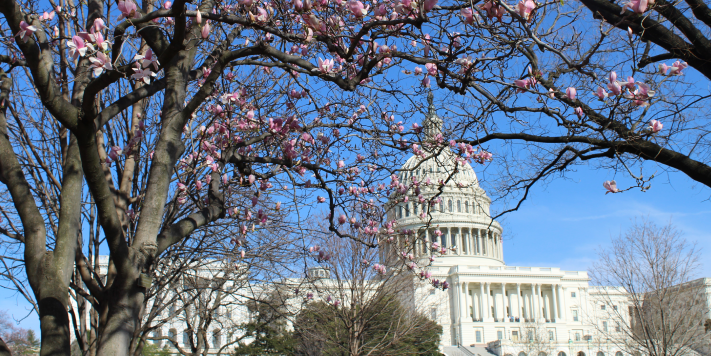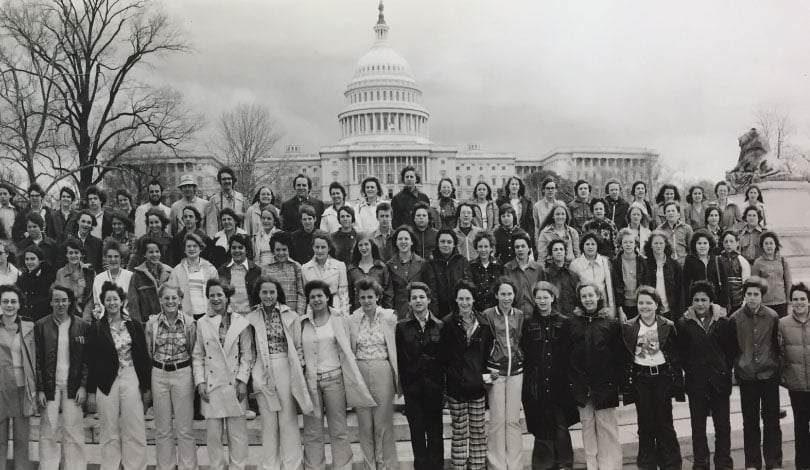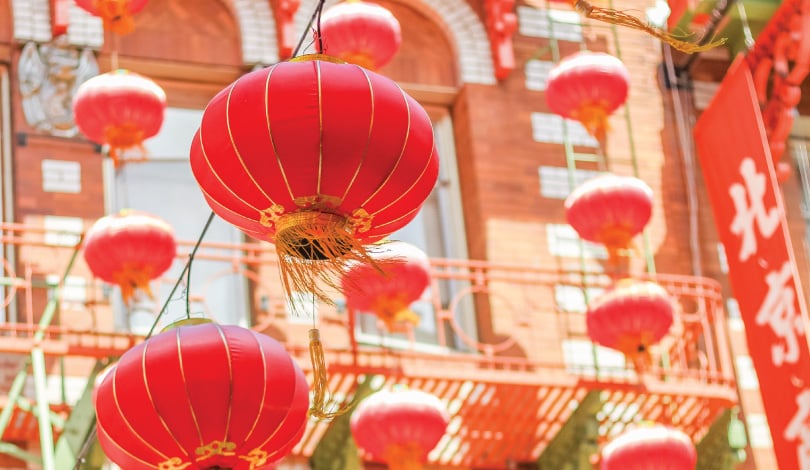From March 20 to April 12, the city of Washington, DC celebrates the start of spring with the National Cherry Blossom Festival. When the Japanese cherry trees that surround the Tidal Basin go into full bloom, puffy white flowers create an unforgettable sight. To celebrate this springtime event, learn some history about these famous trees.
1. Gift from the Mayor of Tokyo: Strategic Diplomacy
In 1910, Tokyo Mayor Yukio Ozaki gifted 2,000 Japanese cherry trees to Washington, D.C. as a symbol of the friendship between the two nations. Despite this gesture, turn-of-the-century relationships between the United States and Japan were relatively tense. Both countries had competing interests for colonies in mainland Asia, and Japan was upset about Japanese immigration policies in the U.S.
2. 2,000 Japanese Cherry Trees Burned
When the Japanese cherry trees were delivered to Washington, DC, the United States Department of Agriculture found that the trees were infested by insects and nematodes. It was concluded that the diseased trees had to be burned. This could have presented a diplomatic setback, but luckily, the Tokyo City Council authorized a second donation of 3,020 Japanese cherry trees.
3. From a Simple Ceremony to a National Event
In 1912, the first two cherry trees were planted by First Lady Helen Taft and the wife of the Japanese Ambassador, Viscountess Chinda. This simple ceremony, witnessed by only a few people, ended with the First Lady presenting a bouquet of “American Beauty” roses to Viscountess Chinda. The ceremony has since grown into “the nation’s greatest springtime festival,” with multiple events and a yearly attendance of 1.5 million.
4. Vandalism Following the Attack on Pearl Harbor
Entry into World War II wasn’t America’s only retaliation against the Japanese attack on Pearl Harbor: four of D.C.’s Japanese Cherry trees were felled by unknown vandals, and an Anti-Japanese message was etched into their bottoms. Many citizens argued that all of the Japanese cherry trees should be cut down, but the issue was averted when the trees were temporarily renamed “Oriental Cherry Trees.”
5. Ongoing Gift Giving
The United States and Japan shared gifts with one another throughout the 20th century. In 1915, the U.S. government gave flowering dogwood trees to the people of Japan. In the 1950’s, Japanese politicians and businessmen presented the city of Washington, D.C. with a 300-year-old Japanese Stone Lantern, a Mikimoto Pearl Crown and a Japanese Pagoda. Many of these gifts continue to be used in the National Cherry Blossom Festival.
If you plan on checking out the National Cherry Blossom Festival during a Washington, DC student tour, read our post on 5 Ways to Enjoy the DC Blossom Season.



